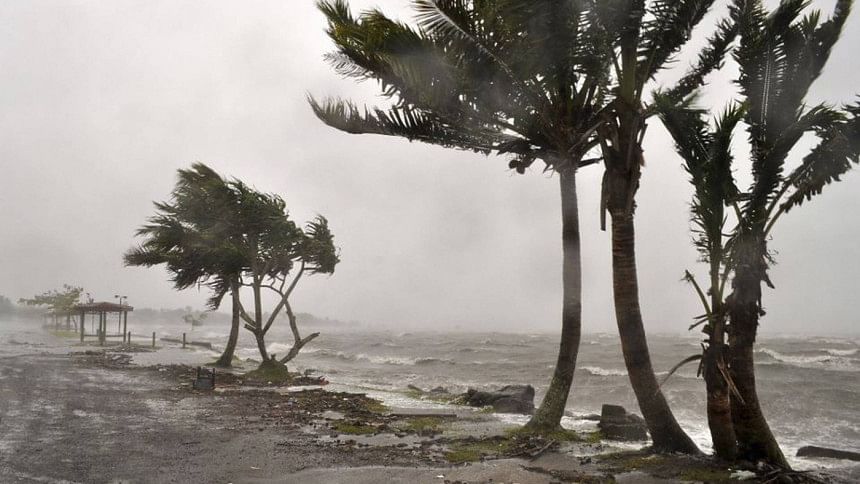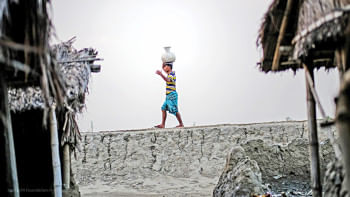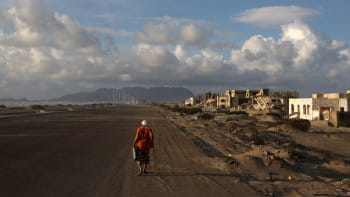What Asia can do to fight climate change

As far as climate change is concerned, the Asia Pacific is highly significant. In this region, we have China, Japan and India emitting large amounts of greenhouse gases, while low-lying areas are facing the threats brought on by the waters. Just recently, China and India suffered major flooding, which has caused much devastation.
In South Korea – where I've been attending two back-to-back events on climate change, Korea Global Adaptation Week 2023 and 8th Asia Pacific Adaptation Forum – there was major flooding a few weeks ago. It led to a number of deaths, and an international Scouting jamboree had to be cancelled mid event, as thousands of participants from around the world had to be evacuated. While the counttry is suffering from the effects of climate change, it is not sitting idle.
Korea has become a frontrunner in reducing emissions through mitigation efforts and investing heavily in renewable energy, especially offshore wind energy. It set up an adaptation agency a few years ago and is developing locally-led adaptation plans in all its administrative units. Besides, the country also organises the annual Korea Global Adaptation Week to bring together all relevant stakeholders to share knowledge about adaptation. This year's event is both national and global, as participants from other countries in Asia are attending.
The theme for this year's events is on scaling-up adaptation and moving to transformative adaptation as quickly as possible, and some timely points were discussed to prevent a possible calamity.
First, we need to urgently invest in adaptation efforts, because the impacts of human-induced climate change can now be witnessed regularly. The pace of adaptation is not nearly fast enough, so speed is of the essence if we want to avoid bigger losses and damages in the future.
Second, national governments as well as international funders need to quickly move from project-based adaptation funding to a more actionable model. This is particularly important for the Green Climate Fund (GCF), as it has a poor record in funding adaptation for the most vulnerable developing countries and communities in the Asia Pacific.
Another approach is to make subgroups of countries with similar ecosystems, so that they can collaborate in their adaptation efforts or share nature-based solutions. These ecosystems may include small islands, mountains, deltas, urban areas, and arid lands. Each ecosystem has its own identity and peculiarities, and adaptation lessons of one country can be relayed to another through peer-to-peer knowledge exchange visits within the region.
While doing all these, we need to ramp up capacity building for adaptation in all vulnerable areas, particularly in schools and universities. The youth should be brought in for this goal, and scholarships for studying in another country within the region can help in this regard. For example, Independent University, Bangladesh (IUB) will be offering scholarships to students from other Asian countries starting from 2024. Many other universities could do the same to build the next generation of climate champions in Asia.
Finally, our national leaders need to take adaptation efforts seriously, which they have begun to do. They must allocate a bigger budget for adaptation to prepare for the inevitable impacts of human-induced climate change. Other countries can actually follow Bangladesh, which allocates a large part of the national budget for climate-related issues.
All members of society in every country of Asia Pacific need to come together to boost our efforts to prevent a climate catastrophe.
Dr Saleemul Huq is director of the International Centre for Climate Change and Development and a professor at Independent University, Bangladesh.

 For all latest news, follow The Daily Star's Google News channel.
For all latest news, follow The Daily Star's Google News channel. 









Comments